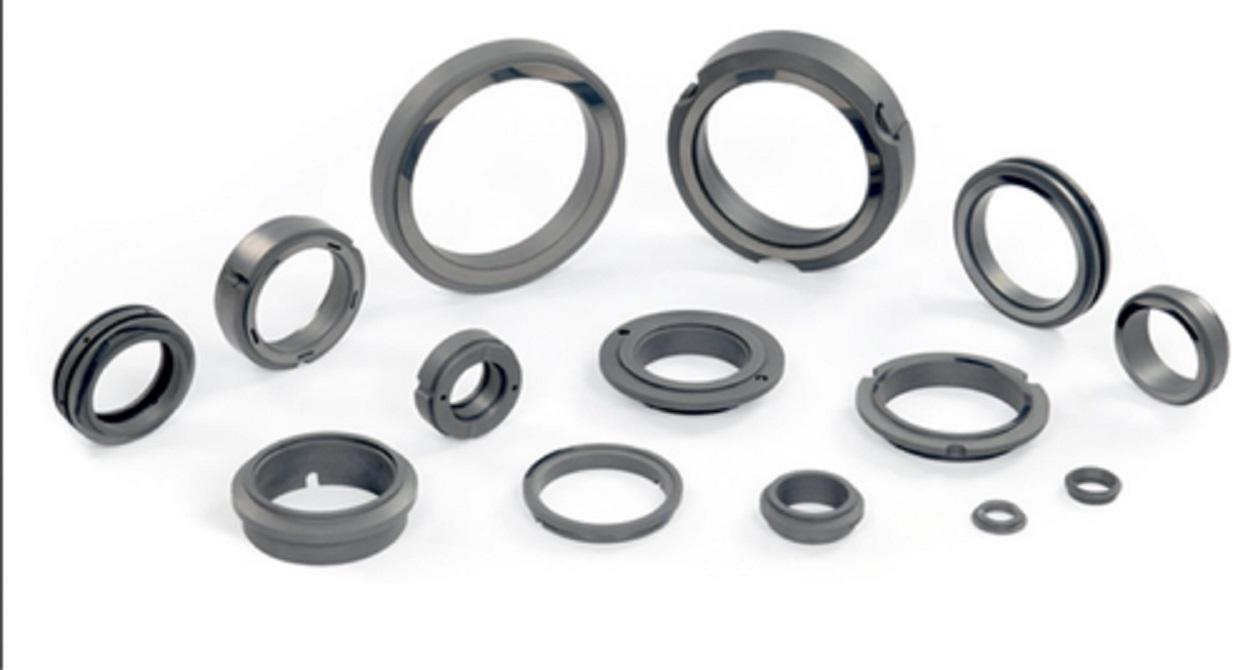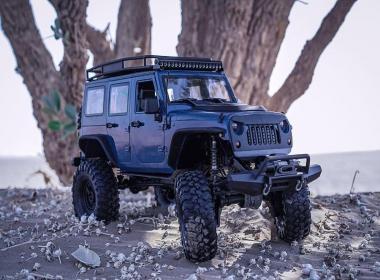
Things You Need To Know About Carbon Segmented Seal Rings Carbon is a perfect material for packing or restricted/ segmented rings. Carbon is ideal for optimum sealing and service life. The most commonly known restricted seal ring is the carbon seal. It is designed with a sequence of carbon rings. Using segmented rings, which are encircled with a spring known as garter spring. These multi-segmented rings are extensively used in linear moveable pistons or rotating shafts. The number of segments of a ring depends upon the diameter of the shaft. The size of the seal can be shorter than the metal seal. These carbon seal rings are used in two ways either direct contact or with a gap (without contact). Carbon material sealed movements (rotating or oscillating) with low or zero friction.
Advantages Of Carbon Seal Rings:
These carbon seal rings have following advantages:
- Manufacturing material made of carbon-graphite or electro graphite with synthetic enamel.
- High dimensional strength
- Durable
- One-time investment for 3-5 years.
- Dry-running ability/Specially designed materials by experts for dry environments
- Remarkable resistance to harmful chemicals
- Materials were compliant with WRAS, FDA, API685, etc.
- Adopt all sizes smallest to the largest.
Carbon Seal Rings Also Have Disadvantages
Everything has some disadvantages, as more and more people start using these carbon seals; we had received many complaints too. One of them is if carbon seal is worn out a bit or damaged, leakage of water starts and sometimes the amount of water cannot be controlled timely and whole machine sink into the water, which may cause harm to machinery. Different designs of carbon seals currently available in the market basic use of these seals are to balance the pressure of water and to stop or reduce the leakage.
Classification Of Segmented Rings
They can be into three types: Contact seal, contact-free seal, and grooved seal
Contact Seal
A contact seal ring is engineered to contact the innermost rings with the rim of the seal. Contact seal rings completely seal the leakage and reduce friction between moving parts.
Contact-Free Seal
Contact-free seal rings help to reduce the rotational torque. Due to no contact with an inner ring. But contact-free seals provide less safety against contamination as compared to contact rings.
Grooved Split Seals
Grooved split seals are designed in two different ways. One is open grooves and the other is solid grooves. Open grooves have two separate counter faces, which makes them easier to install. Whereas solid grooves are closed and do not have separate plates.
Applications
These seal rings have versatile applications due to their manufacturing uniqueness. Floating carbon rings are applied in big machines. Like tanker’s shaft, containers, ice breakers, and other machines which work in tough situations. These seal rings also known as bulkhead seals. These multi-segmented seal rings also useful for small and medium-sized steam turbines, generating power capacity from 15-15,000kilowatt. Turbomachinery used these segmented carbon rings. Especially these rings designed to assist keep oil away from gas seals. One may want to buy o rings as alternative options when sealing is required to prevent oil and/or gas leakage.
Efficiency
The effectiveness of these rings can be enhanced by the combination of different materials with carbon. Careful measurements in its design make it more durable. Engineers make calculations for shaft clearance and manage the coefficient of thermal expansion for the material of shaft and carbon grade. They marked and matched all segmented ring’s end and overlapping joints, give them a commercial lap look.
Material Used In Manufacturing Carbon Seals
Carbon grades used in it have a finely grained structure with remarkable mechanical properties. Garter springs manufactured from stainless steel or Inconel (for high temperatures more than 700F). While stops are built with bronze or cadmium-plated steel.
How Does It Work
The restrictive seal is especially a series of coverings in which the bores build a small tearing around the shaft. So, leakage is restricted by the flow resistance in the limited area.
Piston Rod Seals
Piston rod seal rings are generally used for the linear motion of rods. Segmented rings are specially designed in pairs to get a higher level of additional axial sealing. Segments are possessed with overlapping shoulders. Springs and pins are used to secure the position of rings. The roughness of the shaft’s surface should not increase to Ra 1micrometer.
Labyrinth Seals
These labyrinth seals are engineered with Krish carbon, a self-lubricating substance, does not cause any harm or damage during start-up. This material has an advantage over other metals. The gaps in the labyrinth are smaller in size on carbon seal as compared to metal seal. It gives the same results but it is shorter in size than a metal seal. Carbon seals operate with the close clearance even closer then bearing clearances as the rings have radial motion and when the seal rub together, carbon work as self-lubricant.
Also read about:
Well known Beaches To Visit Near Bangalore For Weekend Getaway
Re Appropriate Bookkeeping Your Guide For Finding the Best Bookkeeping Service
Recognizing AND REDUCING FIRE HAZARDS RISKS IN THE WORKPLACE








